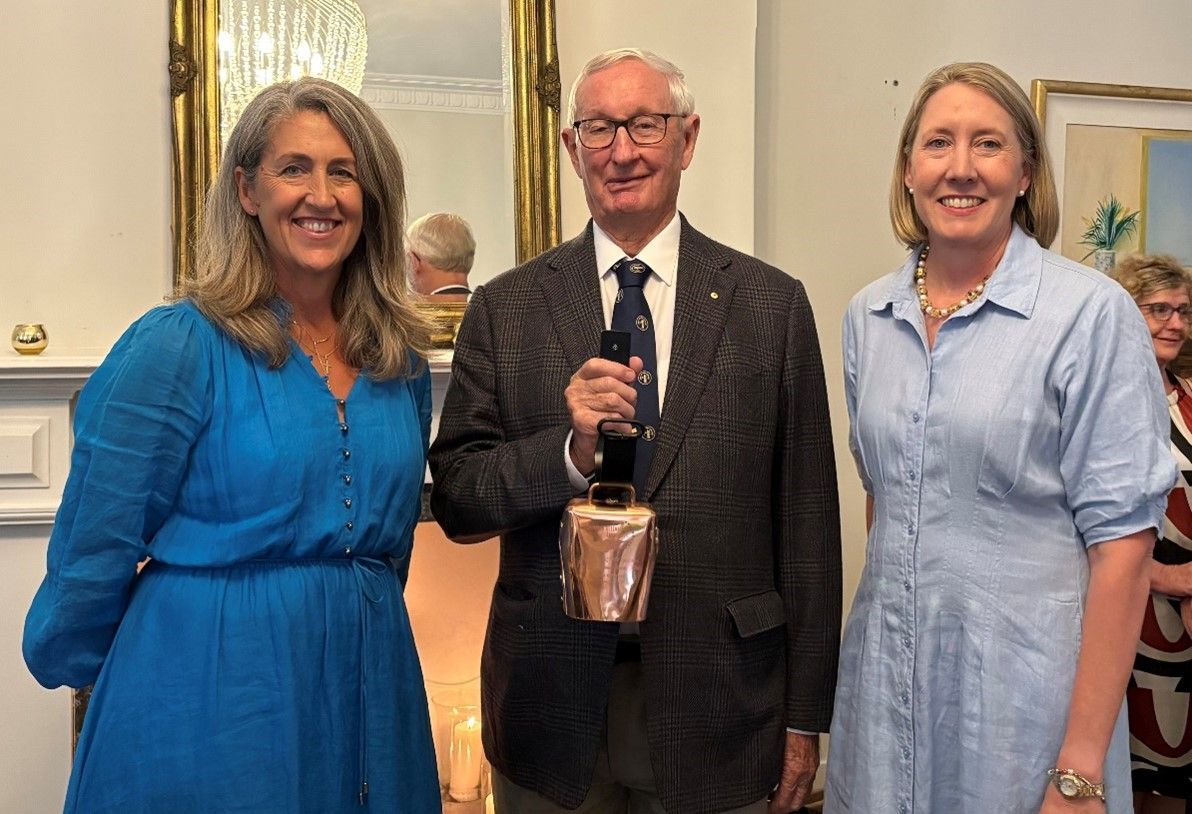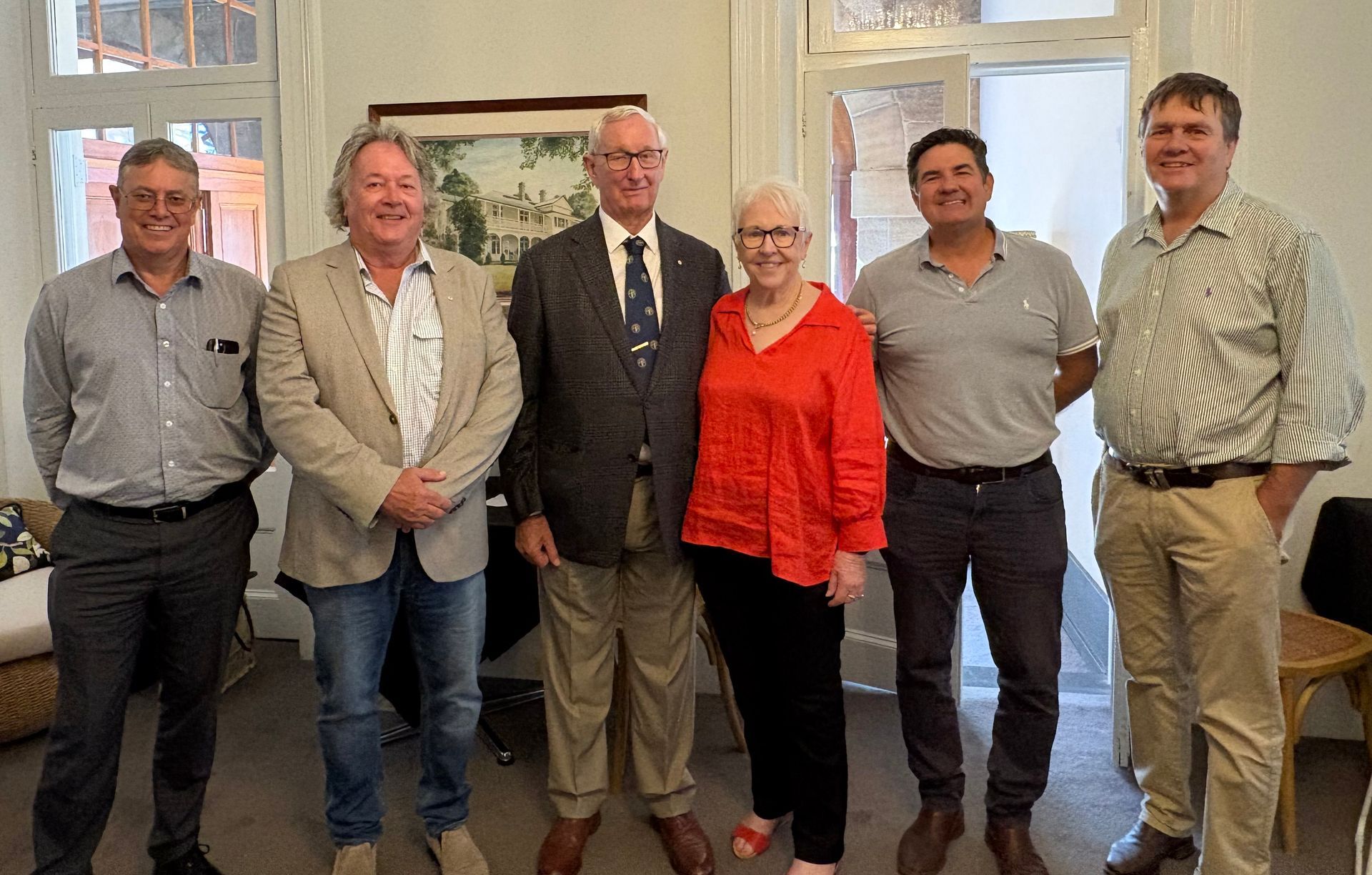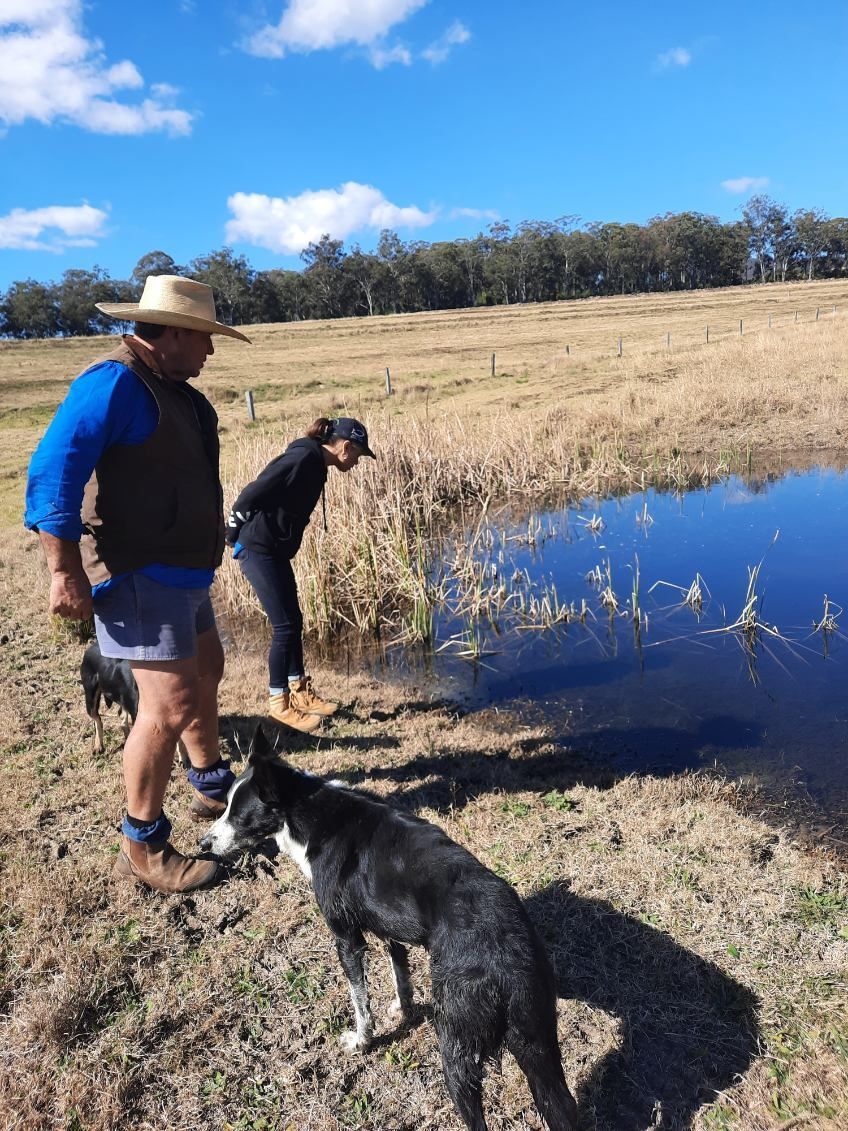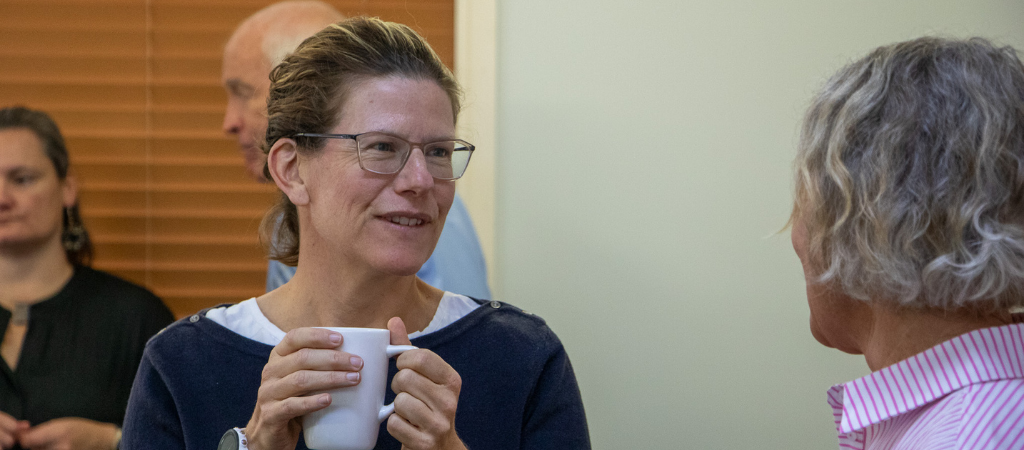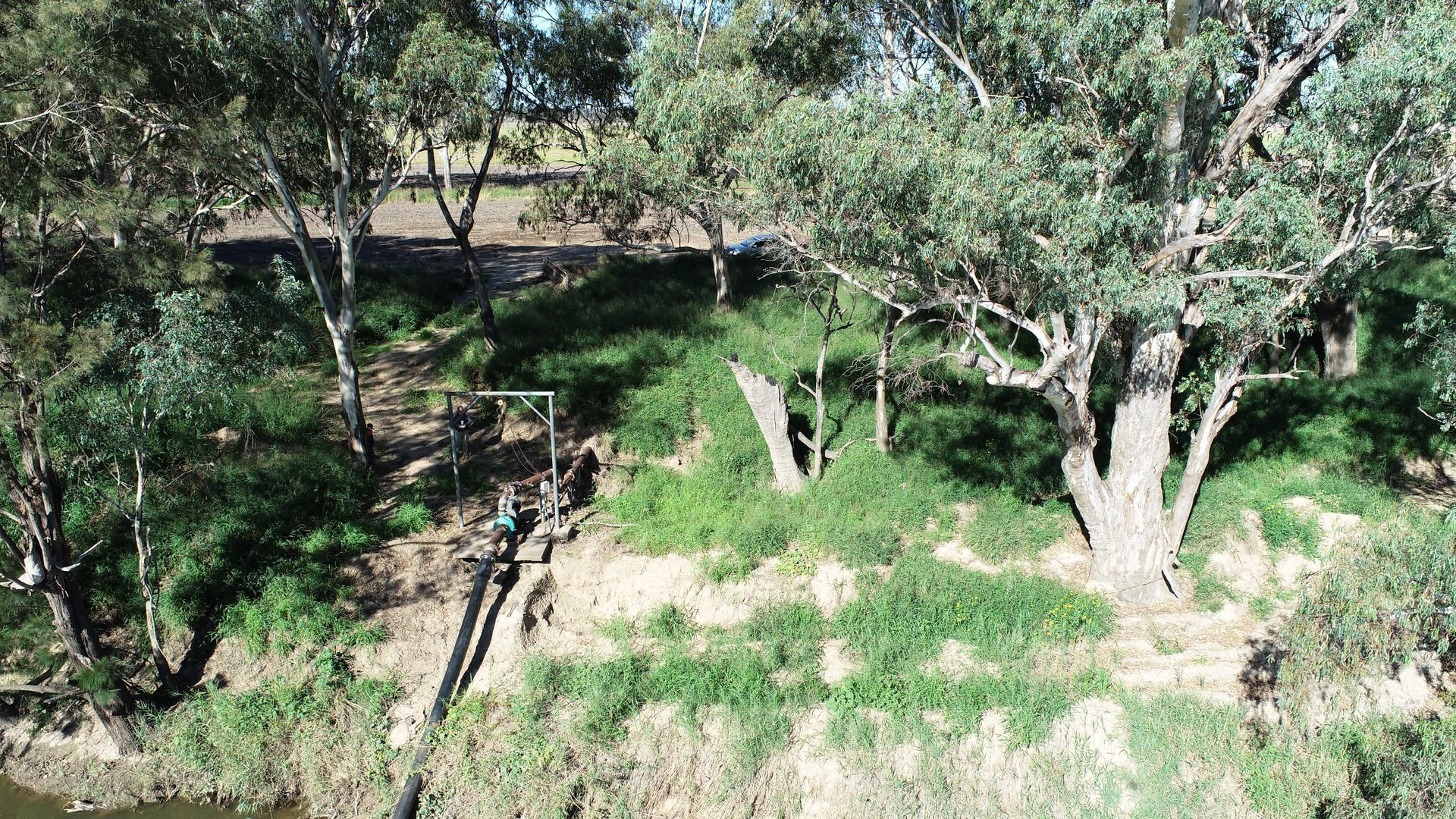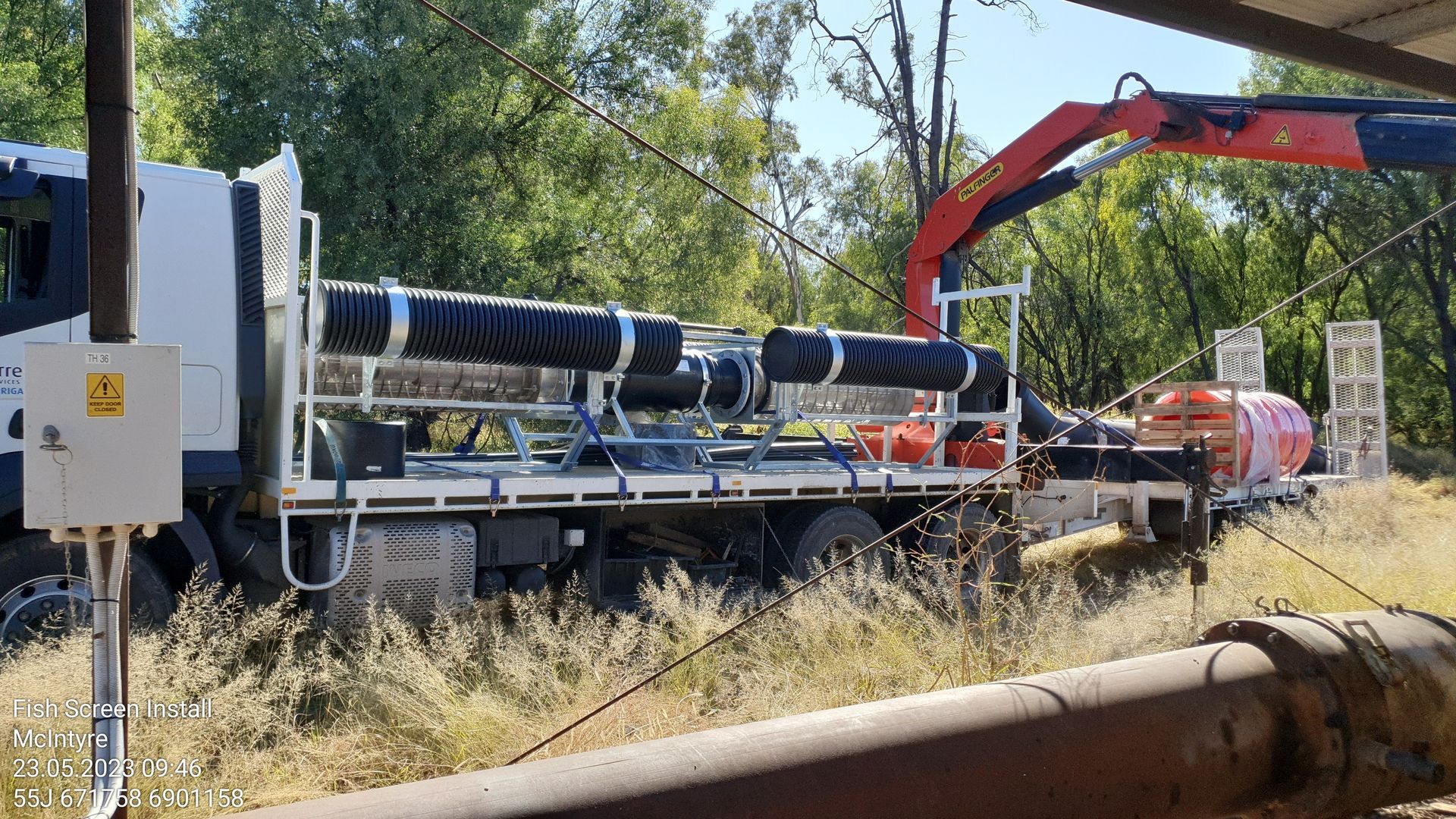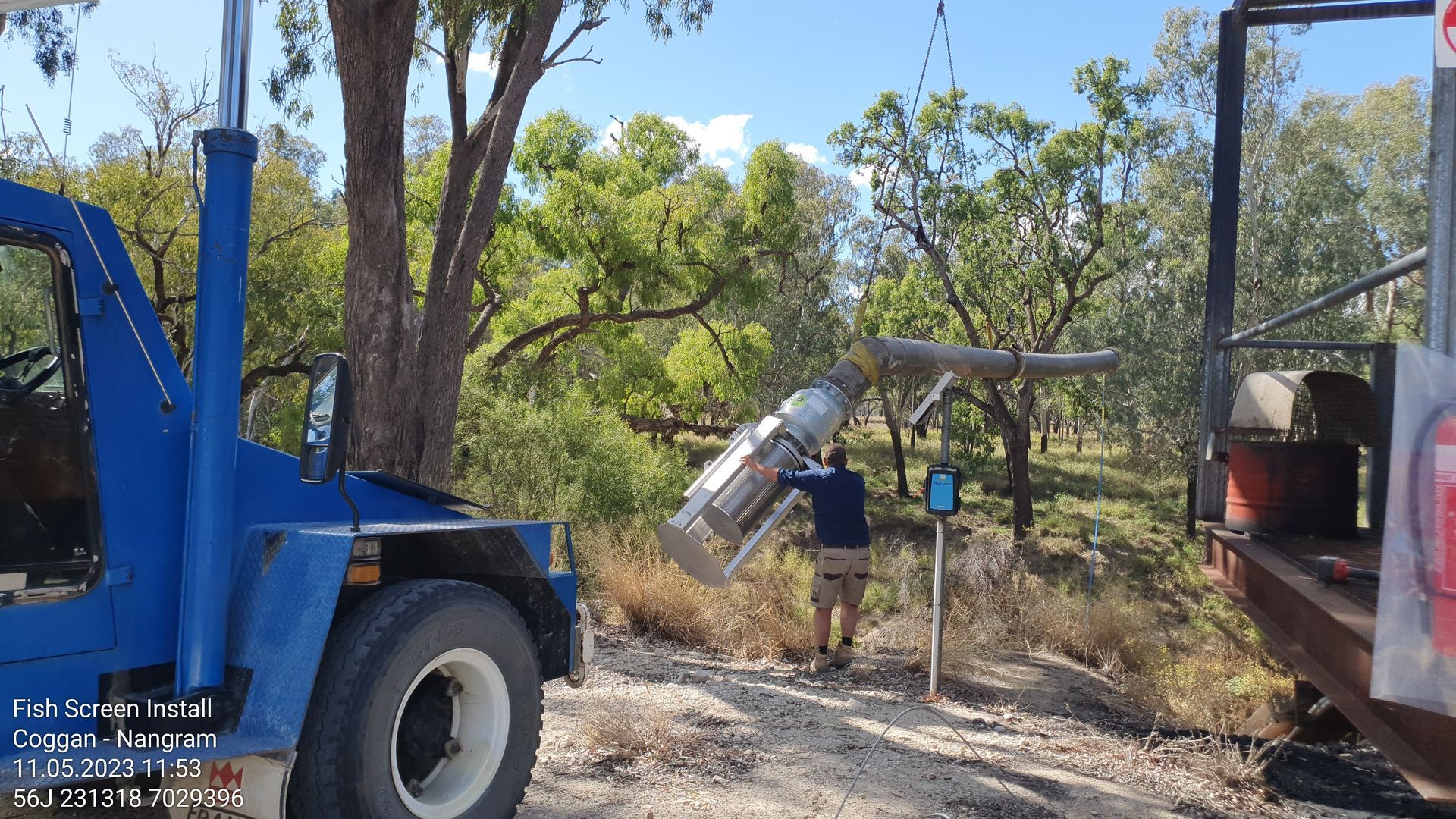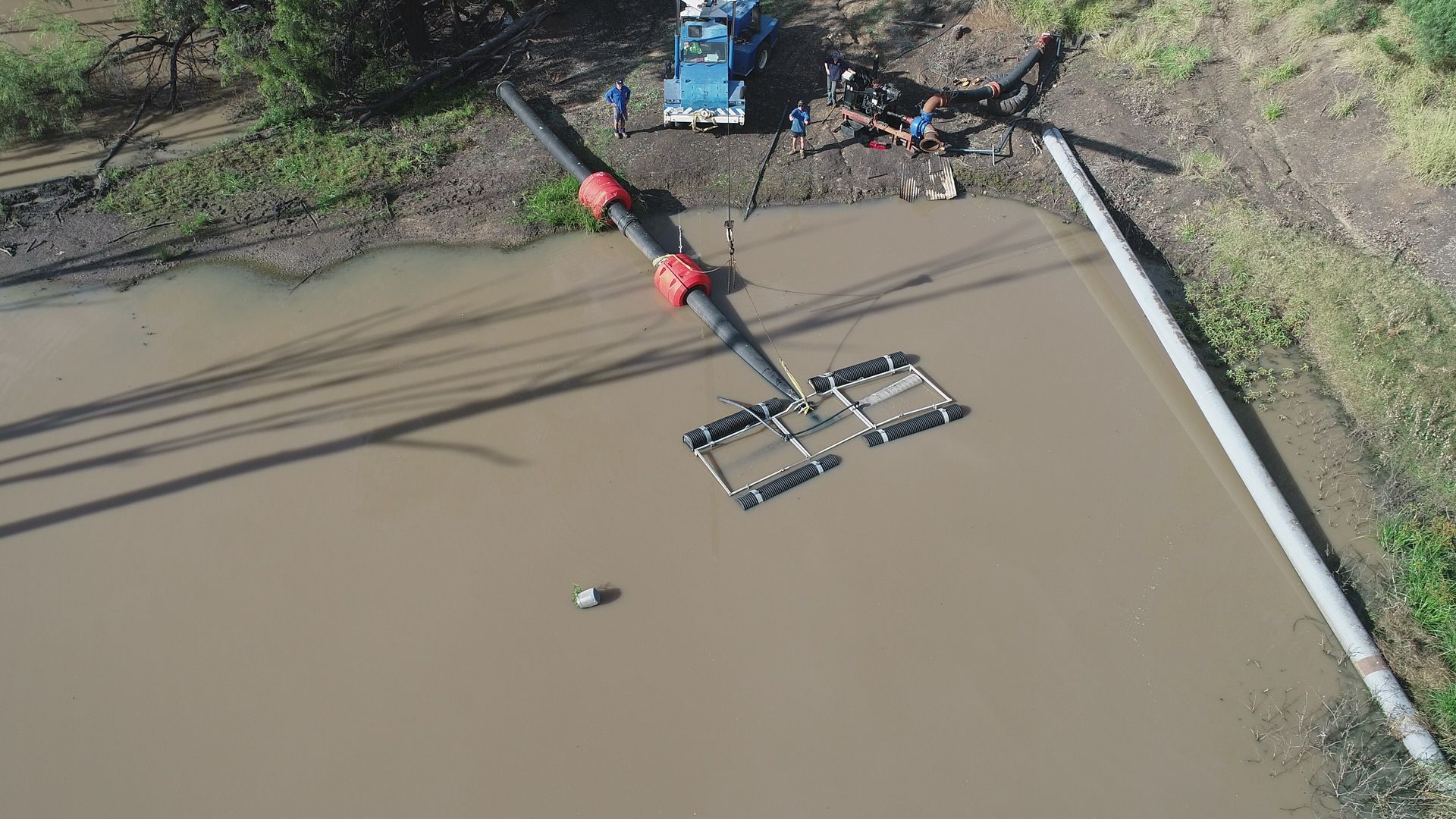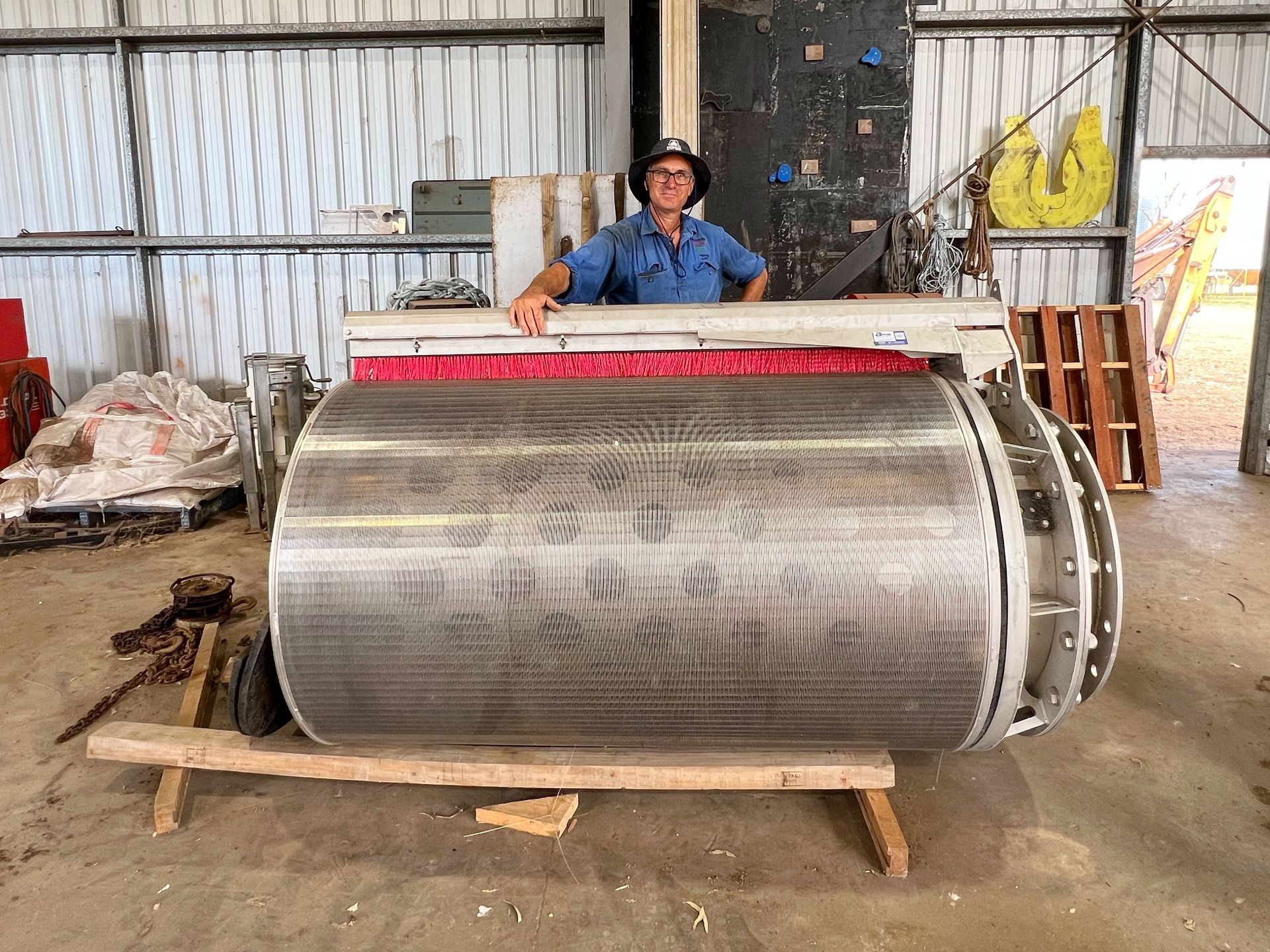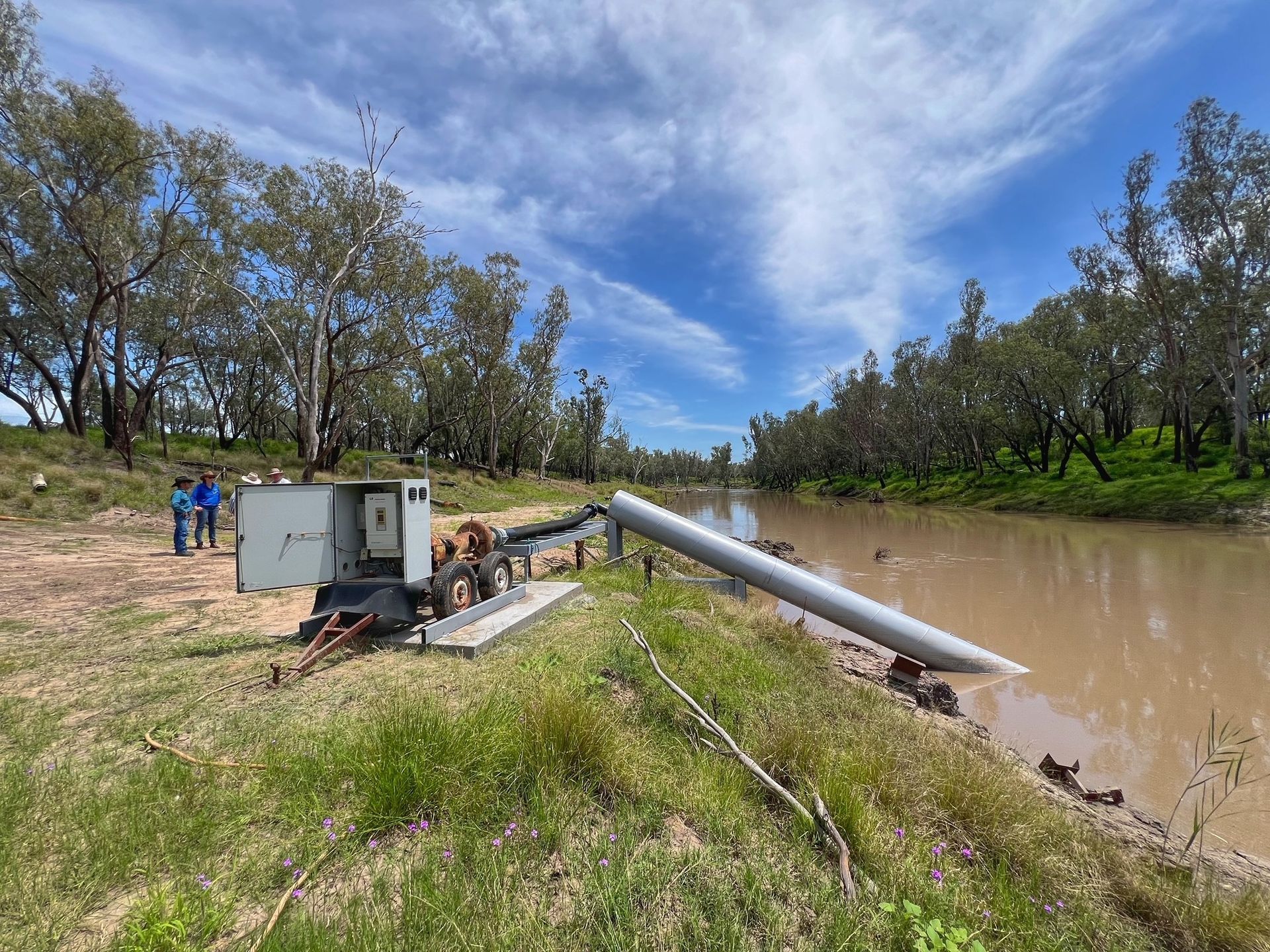Irrigating crops may soon become easier with new technology being developed by the University of Southern Queensland (UniSQ) in Toowoomba.
UniSQ’s Centre for Agricultural Engineering (CAE) recently completed trials of variable-rate irrigation (called VARIwise) using weather and soil information, off-the-shelf soil sensors, custom sensors and software to relay accurate information about crop water requirements to improve water infiltration and efficiency.
CAE Senior Research Fellow and Irrigation and Mechatronic Engineer, Dr Alison McCarthy said the technology translates into improved yield and water use efficiency for farmers.
“Centre pivot and lateral move irrigation equipment accounts for 5 to 10 percent of the systems in Australia’s dairy industry and these irrigation systems traditionally apply irrigation uniformly over the field; however there is often spatial variabilities in irrigation requirements because of differences across the field in soil properties, elevation, sowing density, planting dates and even plant varieties,” Dr Alison McCarthy said.
“So what we are doing is applying commercially available hardware that can be retrofitted to sprinklers on the machine to enable site specific application of the irrigation,” Dr McCarthy said.
“The variable rate hardware includes a solenoid that is installed on each outlet and enables individual control of flow rate,” she said.
“In addition to this we have developed software that automatically generates a prescription map which is loaded into the irrigator panel and controls the sprinklers; so when the irrigator pivots to an area of the field that requires less or more water it can account for this,”

“So what we are doing is applying commercially available hardware that can be retrofitted to sprinklers on the machine to enable site specific application of the irrigation,” Dr McCarthy said.
Commercially available irrigation systems typically use prescription maps generated by the user, or from historical soil or yield maps and don’t consider crop growth stage so Dr McCarthy’s trials are layering information points to create more accurate maps that are also less labour-intensive.
“The types of inputs we have accounted for on the maps include weather, soil characteristics, crop features and irrigation applications and for the past four seasons we’ve been trialling these in pasture and cotton to evaluate and refine our software,” Dr Alison McCarthy said.
“We’ve identified a number of benefits to irrigators through these trials including improved water productivity through reduced over and under watering which led to up to 9% yield improvements,” Dr McCarthy said.
“What this technology does is give growers peace of mind that they’re doing everything right and give them that edge to maximise their water resources and translate that into yield increases while also dramatically decreasing the work involved,” She said.
“And all this information is fed to the custom-made software by the sensors into a low-cost program that can be installed like an app on your mobile phone or computers.”
UniSQ’s CAE is interested to hear from growers, potential users and future commercialisation collaborators on VARIwise technology.
Dr McCarthy is confident Australian growers will adopt the technology particularly through field trials which were conducted in cotton and pasture crops in Tasmania and on the Darling Downs.
“We’ve regularly consulted with growers, agronomists, and land managers to improve our technology, particularly through showcasing our findings at field days, and what these trials have shown is not only is the technology effective, but can also be transferred to different crops, regions and potentially new systems as well,” Dr Alison McCarthy said.
“Our trials were also run on commercial farms in collaboration with growers and the Tasmanian Institute for Agriculture from the University of Tasmania,” Dr McCarthy said.
“When these growers see the technology, they are really eager to get involved; they see the results, they see the potential, and we hope that down the line they adopt it commercially,” she said.
“This is intended to be a grower-led program; we supply the technology and teach them how to use it so they have the confidence to then manage it at their own pace,”
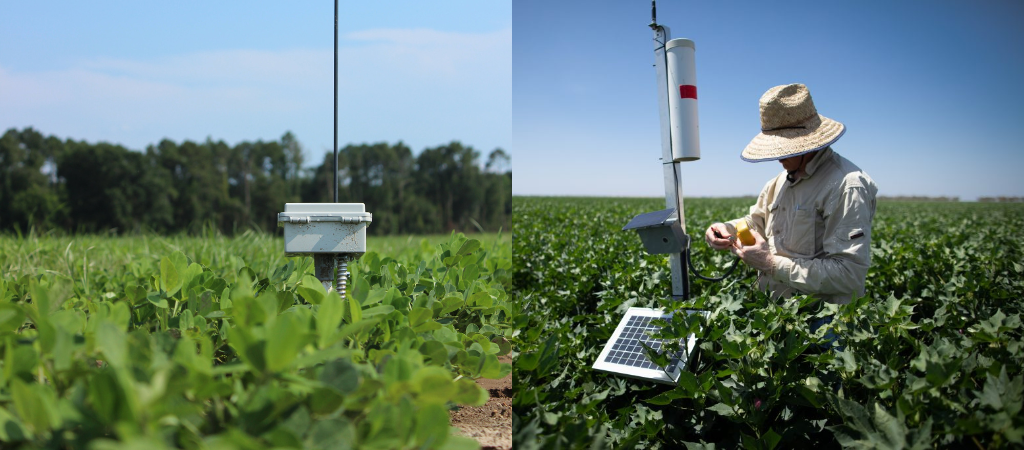
“What this technology does is give growers peace of mind that they’re doing everything right and give them that edge to maximise their water resources and translate that into yield increases while also dramatically decreasing the work involved,” She said.
Theory behind the VARIwise project is currently also being applied to over a dozen similar trials from field scouting for pests, dry mass calculations for chemical applications and even chicken welfare.
“This technology can be used for lots of different areas such as everyday field operations conducted by agronomists to scout for cotton pests, or to detect site-specific nitrogen requirements for fertiliser application,” Dr Alison McCarthy said.
“There’s a lot of potential with this technology, particularly since we’re developing it all on our own…so we can apply it to weather information or a particular condition or issue,” Dr Alison McCarthy said.
“The technology can emulate a human’s sight, and when applied to agriculture could reduce the time required to assess a crop and increase precision in areas like water, fertiliser, insecticide and herbicide usage.”
Dr McCarthy is confident that the technology will make a positive impact on the agricultural industry by reducing labour costs and increasing productivity and efficiency.
“Sensors and technology have a key role to ensure sustainable, profitable agricultural production into the future,” Dr Alison McCarthy said.
“It’s exciting for the University of Southern Queensland to be part of providing these technologies and being able to see the impact on farming business across the globe.” Dr McCarthy said.
Learn more about the VARIwise sensor technology here:
